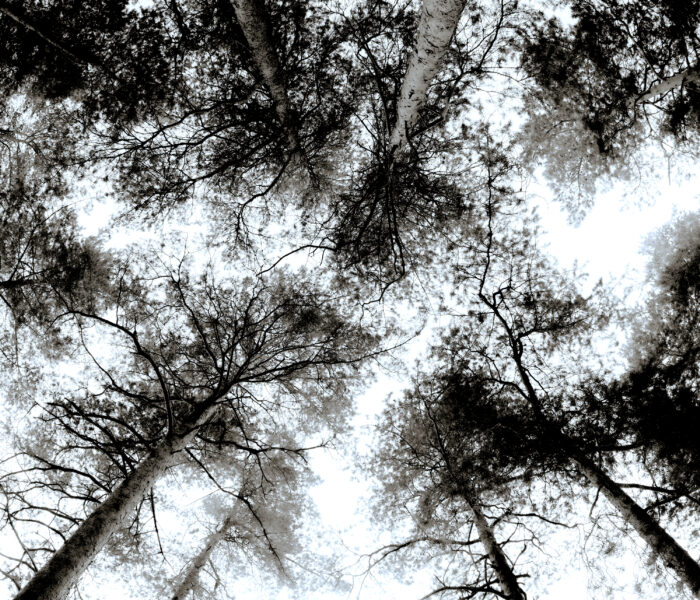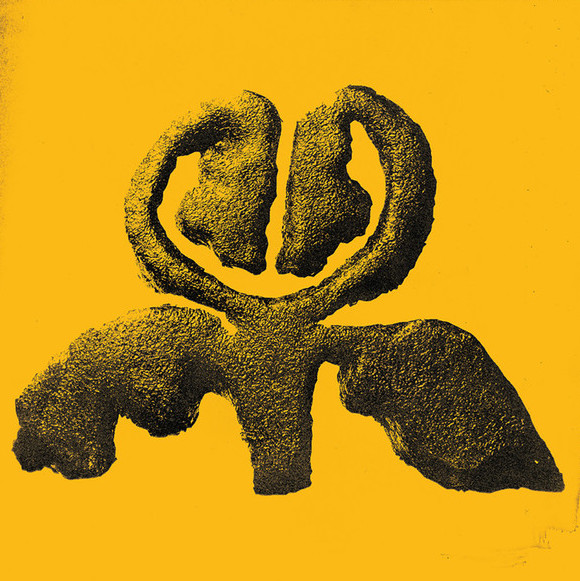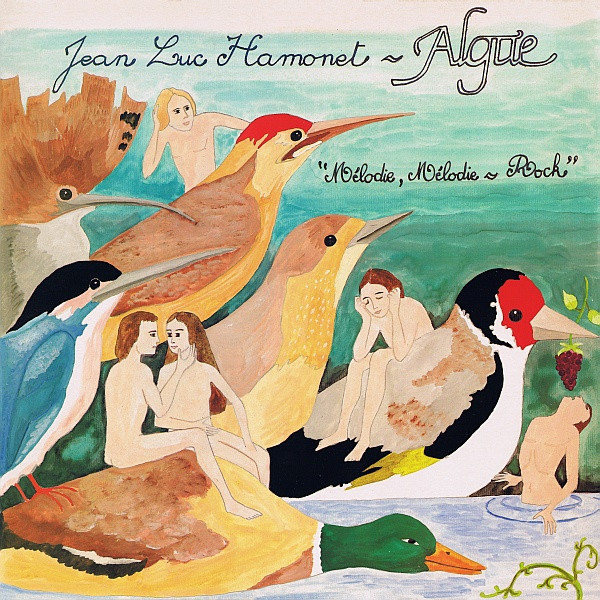With dove-like steps, a fair recognition of certain female musicians is emerging - little by little and at the cost of a certain effort. A praiseworthy effort, but unfortunately the "Clara Schumann or Fanny Mendelssohn effect" sometimes does harm to their female colleagues of that time or to those who are alive today: these female composers who (rightly) regain a place in our concert halls become alibis for not looking any further - and still guarantee themselves a feminist guarantee. Recording a piece by Clara Schumann does not make a musician an activist for the cause of women composers. For the third episode on vinyl covers, here are five female composers who have stood out for their originality and who deserve to be featured more often in our programming.
A magnificent drawing by Judith Lerner - an artist who will produce a plethora of covers for the Composers Recordings Inc. label devoted to modern and contemporary American repertoire - opens this selection and honours two major figures of American modernism: Dane Rudhyar, French expatriate, father of humanist astrology, composer and great inspiration of the new-age, and Ruth Crawford. Born in Ohio in 1901, Ruth Crawford-Seeger She studied music with her mother before continuing her studies in Chicago, where she received her first musical shock from Djane Lavoie Herz, a young composer who had studied a few years earlier with Alexander Scriabin during a stay in Brussels. (For the record: Scriabin lived in Brussels for over a year and taught piano and composition. It was there that he met the symbolist painter Jean Delville, who was busy with his large painting Prometheus, which inspired Scriabin to compose his own Prometheus). By chance, one of his great Canadian students - Alfred La Liberté - sent him his best students, among them a certain Djane Lavoie who, once back in the United States, spread the good word of Scriabin and theosophy (the ancestor of New Age). Ruth Crawford was forever marked by this. Her meeting with Henry Cowell and the poet Carl Sandburg was also decisive, but when listening to her PreludesIn the distance, one can hear Scriabin's mystical influence better than that of his compatriots. His writing is sure and dazzling. His certainly modern Preludes form one of the most innovative cycles of the 20th century. Her marriage to the composer and musicologist Charles Seeger led to three children, all of whom went on to have immense careers in folk music, the most famous being the pioneer of folk music, Pete Seeger, who died in 2014. And if Scriabin's cosmic universe could somehow be found in the wonderful songs of Ruth Crawford's son, a modernist before his time!

In 2017, Joanna Brouk Joanna Brouk Joanna Brouk was the guest of the Variations festival in Nantes and found herself back on stage after more than thirty years of hiatus to offer the French public her meditative and moving music. A few days later she left this world and all the music she had in her head for good. This former student of Robert Ashley and Terry Riley leaves us with few recordings or scores, but this double album released in 2016 by Numero Group and with the sweet title of "HearingMusic" (note the beautiful cover depicting her) gathers a whole bunch of recordings that were going to end up in the garbage before the producer of this label Douglas Mcgowan finally managed to contact her and convince her to release all these forgotten cassettes. This compilation offers us the best of Joanna Brouk and fortunately, her best is prolific. We discover a music on the border between minimalism, ambient and new-age (again) of great beauty, very pure and natural. Nature sounds are integrated in a subtle and coherent way with acoustic flutes reminding of primitive atmospheres. At no point does it fall into the trap of this type of music, namely to give the impression of listening to relaxation or massage music. No, Joanna Brouk's music avoids this, because the pure, unadulterated sounds, unadorned with all kinds of rhythms, make this music serious, composed and thought out. One thinks one is hearing music from another time and another world. And it certainly is.
"I like the sound between the notes and the spaces between the silences. I like to say that I play with silence, that my music evolves according to this silence. It always comes back to silence."
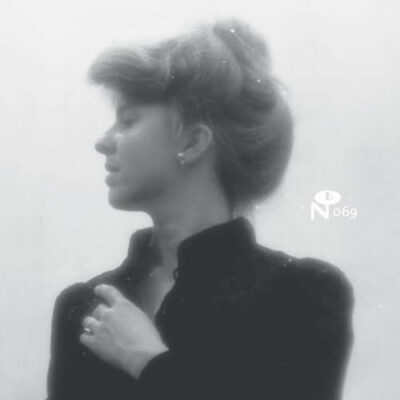
New-age has a very bad press in France and seems to many people to be a smoky and syncretic tinkering with a lot of isolated pseudo-transcendental beliefs aimed at a peaceful spiritual awakening. Hippie verbiage, in short. In music, the results are sometimes surprising and often disparate. Some people mix Brian Eno, Tangerine Dream, some of Keith Jarrett's experiments, Vangelis, who recently passed away, without forgetting the great representatives Kitaro or Jan Hammer. New-age music has come back into fashion in recent years thanks to the recognition of certain artists. This trend requires a certain awakening and forces us to shed our distrustful Western preconceptions. The delicate music of the young Ana RoxanneThe delicate music of the young, sometimes labelled as ambient, minimalist or new-age, has been booming in recent years, and rightly so. After listening to an album such as this one - for Leaving Records in 2019 and with the cryptic title of "~ ~ ~" - one can only be overwhelmed by this music from (also) another world. It was a near-death experience that gave Ana Roxanne the spiritual side of her music. Her frail voice with the right tone, her subtle electronic sounds, as if lost, give her music time to unfold and for us to immerse ourselves in all its sonic colours.
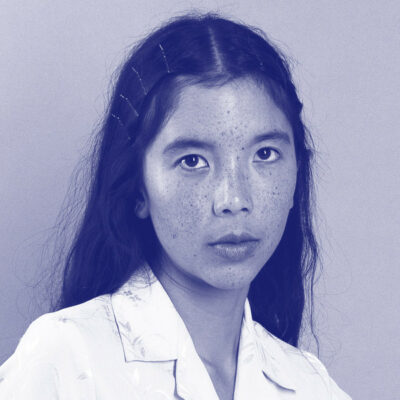
Emahoy Tsegué-Mariam Guèbru is 98 years old today and still lives in an Ethiopian monastery in Jerusalem and, according to the latest news, although she is still a respectable old woman, music occupies all her days. In 2006, the label Les Éthiopiques, founded by Francis Falceto, released a disc of her most beautiful piano works played by herself, under the name "Ethiopiques 21". The record was a hit! Her career took off again and the whole world began to take an interest in this unique figure of Ethiopian music. Born in Addis Ababa, Ethiopia, in 1923 into a well-to-do, literate family, Yèwèbdra Guèbrou (real name) was taken to Switzerland after an exile to be educated in a girls' boarding school. A few years later, in Cairo, Egypt, she continued her musical studies by studying the violin. Prevented at the age of twenty-one from continuing her musical studies and perfecting her skills in England, she let herself wither away and entered a convent where she had the leisure to teach music, practice her piano and above all to compose. Her work is prolific but unfortunately still not widely known. Most of her works are for piano or piano/voice and her music is often compared to that of Erik Satie, Brian Eno, Alice Coltrane, Charles Mingus or Bill Evans (as if all these composers had to be cited to give her a guarantee of quality) but in truth these influences, often repeated in articles, are not so much felt when one listens seriously. Mariam Guèbru's music is unlike any other: one can clearly detect Ethiopian modes and colours (despite the purists who sometimes deny her the inspiration of her origins), one can sometimes hear some Chopin-like inflections, some reminiscences of jazz, but that's about it. One hears a unique personality with new musical accents, repetitive melodic turns far from minimalism but close to mantras or other ritual music and an exacerbated sensitivity. Today, more than 16 years after her rediscovery, her music remains unfortunately too little promoted. In recent years, the wonderful Israeli pianist Maya Dunietz has done an enormous amount of work to defend and perform this haunting music. She has worked directly with Mariam Guebru and has rewritten a number of her works. Mariam Guèbru's music is unfortunately not very accessible for musicians who would like to play it (obtaining a score costs more than 100$). To the publishers who read us, hi!

Julius Eastman is an underground minimalist composer with a tragic destiny who is resurfacing in concert halls, also in dove's pace. And that is fortunate. But this recognition didn't happen by itself. Since his death in 1990, a composer who worked with him for many years has been working hard to reinstate 'Eastman in the history of music: Mary Jane Leach. This composer, who has worked with Arthur Russell, Ellen Fullman, Peter Zummo, Philip Corner and Arnold Dreyblata, has put this quest for recognition of Eastman ahead of her own work for nearly seven years and seems to be recognised in France only for that, which is regrettable because her work is rich, beautiful and inspiring. Very interested in sound itself and its interaction in space, this immense body of work, spanning many genres, does not leave one indifferent. (F)lute Songs released on the Blume label in 2018 gathers four pieces for flute and voice composed between 1985 and 2018. Fascinated by Steve Reich's multi-track superpositions, she explores in these pieces played by Manuel Zurria all the uses offered by the possibility of re-recording. "In the late 1970s, I used to practice playing and singing with tapes I had made myself holding long notes," she says. It started as an exercise in intonation, and ended in a fascination with sound phenomena: difference, combination and interference tones." Mary Jane Leach is still very active, composing and travelling. It is urgent that theatres in France think of her because her music is beautiful, bold and original.
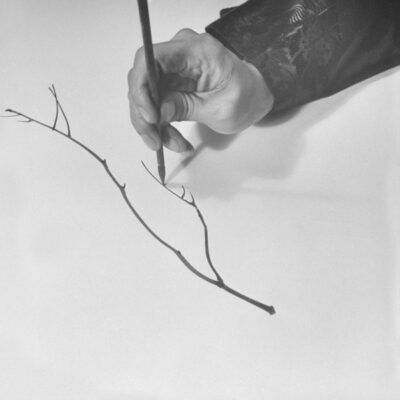
François Mardirossian



)

